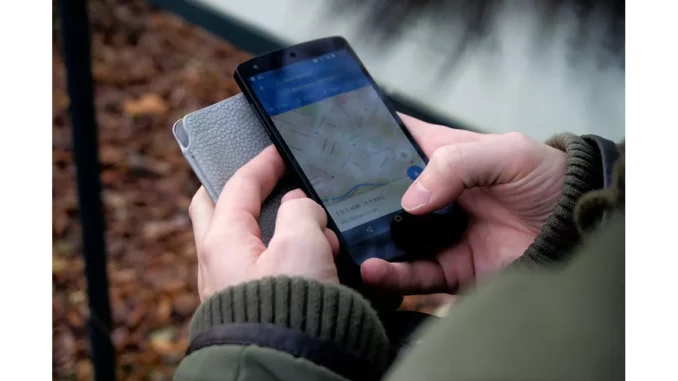
In today’s world, the notion that our movements can be meticulously traced by the unseen microbial passengers we carry is both captivating and somewhat disconcerting. To delve deeper into this remarkable development, I engaged in a conversation with Dr Mark Henson, a distinguished microbiologist affiliated with Lund University. Together with his team, Dr Henson has been pioneering an artificial intelligence (AI) tool that leverages our unique microbial communities to map our movements with impressive accuracy.
Meeting in a quiet nook amidst the lively hum of the university’s cafeteria, Dr Henson welcomed me with genuine enthusiasm for the project. His passion was evident as he outlined the concept behind what could be described as a microbial ‘satellite navigation system’. “Imagine,” he proposed, leaning forward slightly, “every location you visit, every surface you touch, leaves a microbial mark. These microorganisms act as a silent diary of your travels.”
The concept that bacteria could serve as witnesses to our movements was enthralling. Traditionally, forensic science has relied on tangible trace evidence like fibres or soil samples. However, microbes introduce an entirely new dimension to the field. “Microbes are omnipresent,” Dr Henson elaborated. “The fascinating part is that different environments have distinct microbial communities. As we traverse these spaces, we gather these unique microbial signatures.”
The tool, known as the Microbiome Geographic Population Structure or mGPS, functions like a meticulous detective, analysing microbial signatures to discern their geographical origins. “The AI tool can identify where a person has been with remarkable precision,” Dr Henson remarked, his eyes reflecting the excitement of a scientist at the cutting edge of discovery.
Training the AI involved inputting extensive datasets from various urban, soil, and marine environments. “We’ve utilised data from over 50 cities worldwide,” Dr Henson explained, “which trains the model to recognise the microbial fingerprints of these locations.” I was intrigued by the tool’s precision and inquired about its accuracy. Dr Henson was eager to recount its success stories. “In Hong Kong, the tool could distinguish between two subway stations a mere 172 metres apart. It’s that precise. The mGPS even differentiated between a kiosk and a handrail less than a metre apart in New York City.”
The potential of the tool is vast, extending beyond just tracking movements. Dr Henson agreed, noting, “Beyond forensics, consider the implications for public health and epidemiology. We could trace the spread of diseases more accurately or identify hotspots of microbial resistance.” However, the journey towards this achievement was not without challenges. The tool encountered some hurdles with accuracy in London, which Dr Henson attributed to the cleanliness of the sampled environments. “The London underground, pre-COVID, was a bit… less pristine than that of Hong Kong,” he quipped.
As our conversation progressed, Dr Henson touched on future aspirations for the project. “We are just beginning,” he mused. “Mapping entire cities could revolutionise our understanding of environments and the microbes we share them with. With each new sample, the AI becomes even more precise. It’s a living tool that grows and evolves.” Nevertheless, Dr Henson acknowledged the potential ethical implications. “There’s a balance to be struck,” he conceded. “While the tool offers groundbreaking possibilities, responsible use is paramount, ensuring privacy and personal rights are respected.”
As our discussion drew to a close, I found myself contemplating the intricate connections between the microscopic world and our everyday lives. The work undertaken at Lund University stands as a testament to the astonishing capabilities of modern science, merging biology and technology in ways that are only beginning to be realised. As Dr Henson and I parted, I reflected on how this invisible microbial trail we leave behind might one day narrate the stories of our journeys with extraordinary accuracy.
In this age of interconnectedness, where every step could be charted by the bacteria we encounter, the future is filled with intriguing prospects. With each technological advance, we move closer to not only understanding where we have been but perhaps even predicting where we might be headed, guided by our microscopic companions.


Be the first to comment